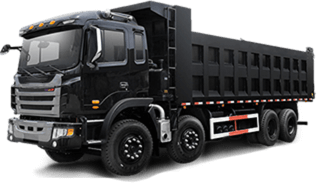


Euro 5 SINOTRUK HOWO Dump Truck 380HP丨8x4丨38000KM
2019 | Euro5
$2??71$27589

Euro 5 SHACMAN L3000 Dump Truck 350HP丨8x4丨35000KM
2019 | 35000KM
$2??75$24875

Euro 4 SHACMAN X6 Dump Truck 385HP丨6x4丨45000KM
2017 | 45000KM
$2??12$23412


LiuGong CLG906F Excavator
5900kg
$2?630$24630

LiuGong CLG950E Excavator
46500kg
$2?642$27642

Komatsu PC200 Series Excavator
2015
$3?964$33964


5.5m3 Self-loading Concrete Mixer Truck | New
2022 | New
$1?584$17584

6.5m3 Self-loading Concrete Mixer Truck | New
2022 | New
$2?130$24130

4.0m3 Self-loading Concrete Mixer Truck | New
2022 | New
$1?267$18267


30t Low Flatbed Semi Trailer | 13000mm
2022 | New
$1?763$17763

33t Low Flatbed Semi Trailer | 13000mm
2022 | New
$2?652$28049

60t Low Flatbed Semi Trailer | 12000mm
2022 | New
$1?102$27945












